I stumbled across a news article this week that was really fascinating (to me), so I thought I’d share it on the blog…and, I’ll mix in a little bit of information literacy as well. The article is about an experiment performed to see if professional musicians could tell the difference between modern-day violins (costing about $30,000) and Stradivarius violins (costing about $6 million).
Here’s the news article – I’ve linked to the Guardian’s version of the article, but as you can see it’s an AP article which is available on lots of other news sites as well. The original research article was published on April 7, 2014 in PNAS (Proceedings of the National Academy of Sciences).
These sorts of news articles – ones that are based off a recently-published research article – come out all the time, and provide great examples of the differences between a popular article and a scholarly article. The version from the Guardian is easy to read, has pictures, and highlights the main points well. It also has lots of advertisements and links to other catchy headlines on their website. It has no citations. It’s fairly short, too – it won’t take more than a couple of minutes to read the entire article. Now consider it against the actual research article from PNAS. As you can see, it’s quite different. There’s no pictures or advertisements, there’s a list of citations at the end, it’s much longer and not as easy to read, because it contains MUCH more detail.
The reasons for these differences are simple – these two articles are meant for vastly different audiences. The newspaper article is written by a journalist for a general audience. That same journalist might be writing about the Ukraine tomorrow; on Thursday they’ll be covering the Malaysian Airlines accident. They’re not an expert on violins or designing valid research experiments, but they are an expert in producing well-written pieces that tell a story and provide a measure of objectivity. These types of articles are a great way to relax on a bench outside the Campus Center as you wind down your lunch hour, but they might not be such a good idea to cite in a term paper – and again, that’s really not what they’re designed for.
The librarians here at the SMCM Library will be glad to help locate, differentiate, and cite any type of information sources you may have, or need. So feel free to stop by the reference desk or make an appointment. Happy librarying!
